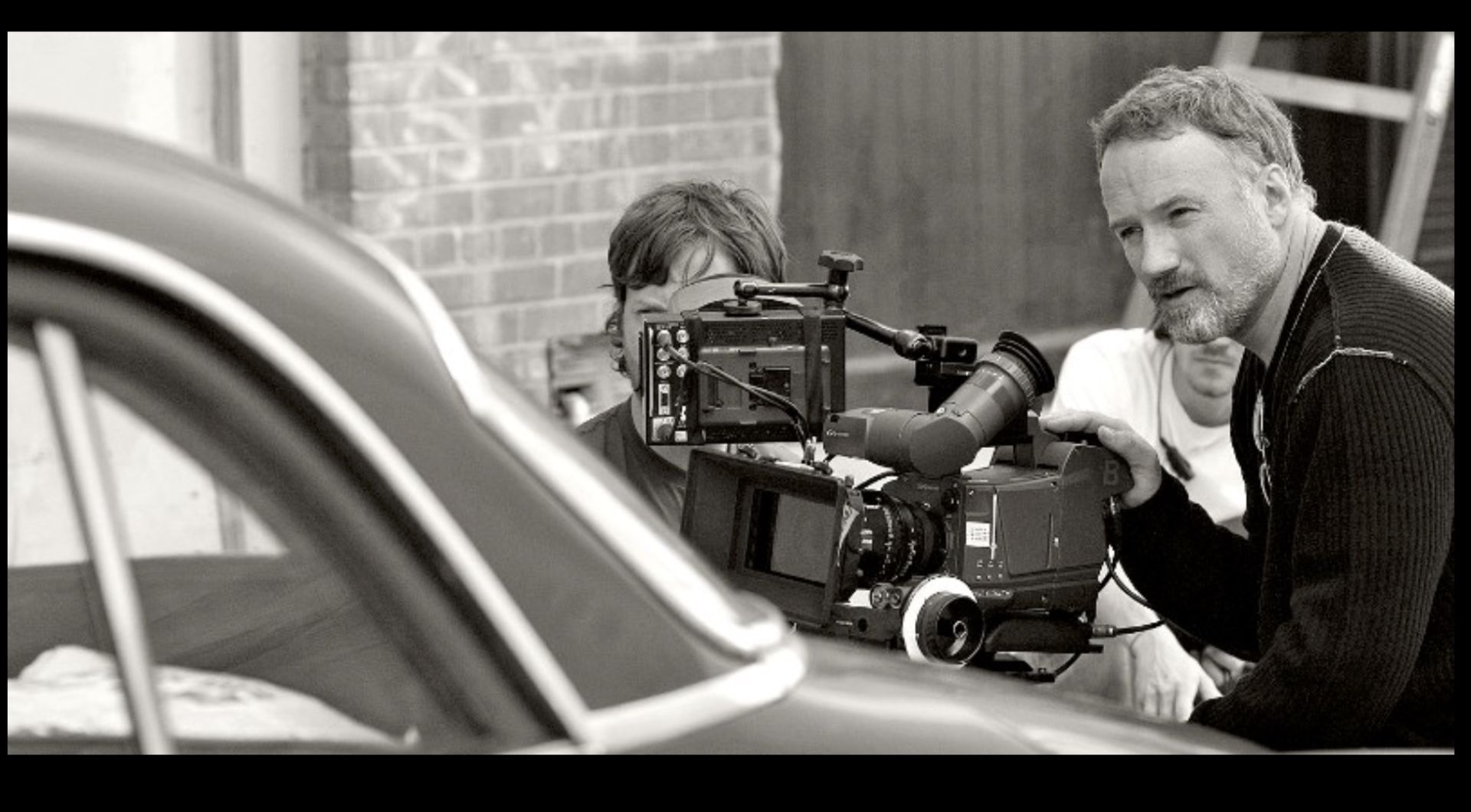As an independent filmmaker, you're often working with limited time and resources, shooting a few takes to capture what you need and quickly moving on to the next scene or camera angle. However, you may have come across stories about renowned directors like David Fincher and Stanley Kubrick, who are known for shooting an astonishing number of takes. In this article, we will explore the reasons behind their extensive use of multiple takes and discuss whether this approach could benefit your filmmaking style.
Understanding the Directors' Approach:
Allocating Sufficient Time:
Great directors like Fincher and Kubrick typically allocate an entire day per scene, allowing them to focus on capturing the desired shots with precision. Unlike the time constraints faced by many independent filmmakers, these directors can afford to spend hours or even days on a single scene.
Ensuring Safety and Accuracy:
After setting up for a scene, the first take serves as a reference point for these directors. They may continue shooting multiple takes for safety reasons or to ensure they capture the scene accurately. This practice provides a safety net and allows for adjustments and improvements as needed.
Expanding Performance Possibilities:
By repeating the scene multiple times, directors have the opportunity to explore different nuances and variations in the actors' performances. They can push the boundaries of what the actors can deliver, allowing for more profound and compelling performances to emerge.
Capturing Subtle Details:
In addition to the actors' performances, directors like Fincher and Kubrick pay meticulous attention to visual details. Shooting numerous takes enables them to capture the subtle nuances, ensuring that every aspect of the frame aligns with their artistic vision.
Comprehensiveness in Coverage:
Multiple takes also provide directors with comprehensive coverage of a scene. By capturing different angles, close-ups, and cutaways, they have ample material to work with during the editing process. This approach offers flexibility and enhances the overall storytelling by providing a range of options.

Applying the Approach to Independent Filmmaking:
While independent filmmakers often face time and budget constraints, there are valuable lessons to learn from the practices of renowned directors. Here are a few considerations:
Prioritize Essential Scenes:
Identify crucial scenes in your film that demand additional attention. Allocate more time for these scenes, allowing you to explore different creative possibilities and capture the desired shots effectively.
Collaborate with Actors:
Communicate openly with your actors and encourage experimentation. Through multiple takes, you can discover unexpected moments and bring out exceptional performances.
Embrace Technical Excellence:
Beyond performance, strive for technical excellence in your shots. Shooting extra takes can help you capture details that elevate the visual quality of your film, enhancing its overall impact.
Plan Efficiently:
While it may not be feasible to allocate an entire day for each scene, effective pre-production planning can help optimize your shooting schedule. Identify critical shots and allocate sufficient time for those moments, ensuring you have the necessary coverage.
Conclusion:
The use of multiple takes by great directors like David Fincher and Stanley Kubrick goes beyond mere repetition. Their approach allows for comprehensive exploration of scenes, performance nuances, and visual details, resulting in remarkable films. As an independent filmmaker, you can adapt and apply elements of this approach within your constraints to enhance your craft. Remember, it's not about the quantity of takes, but rather the intention and purpose behind each one that contributes to the art of filmmaking.


